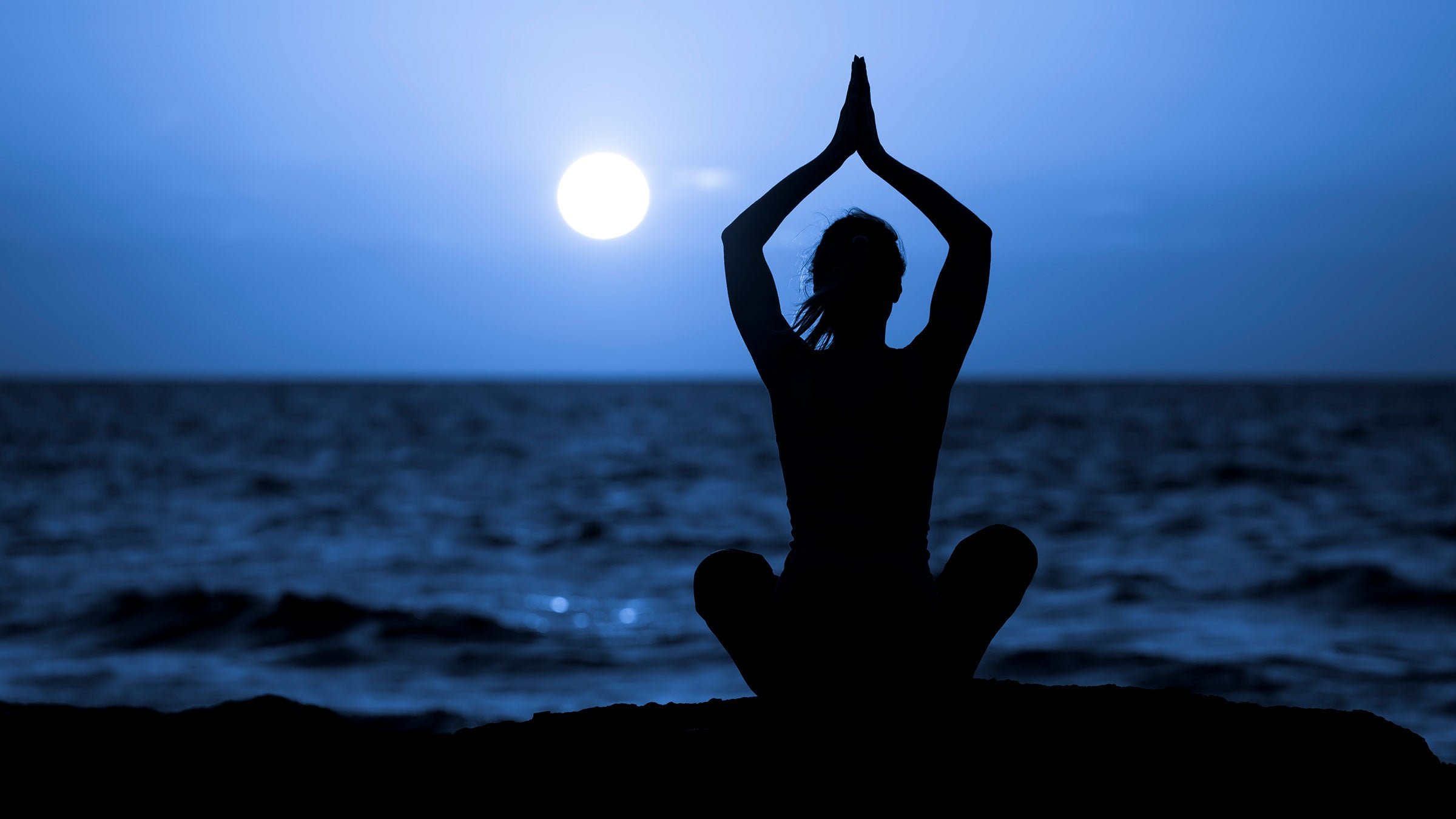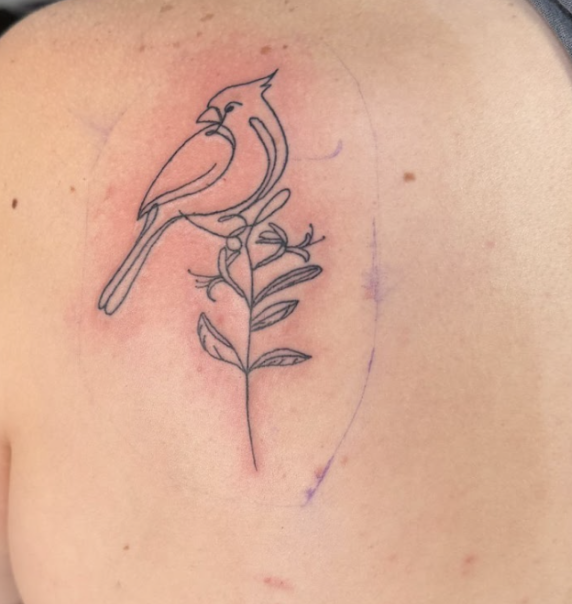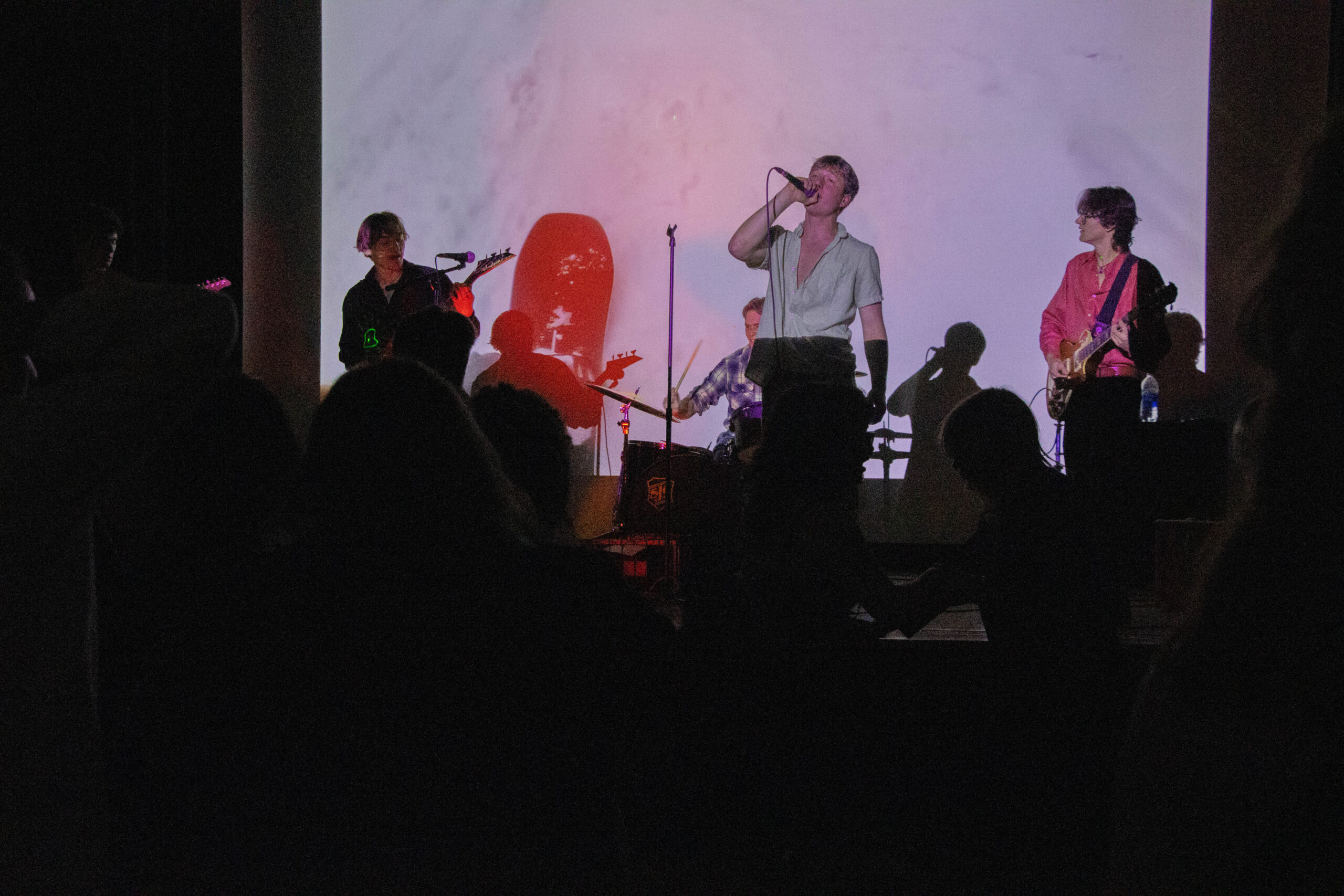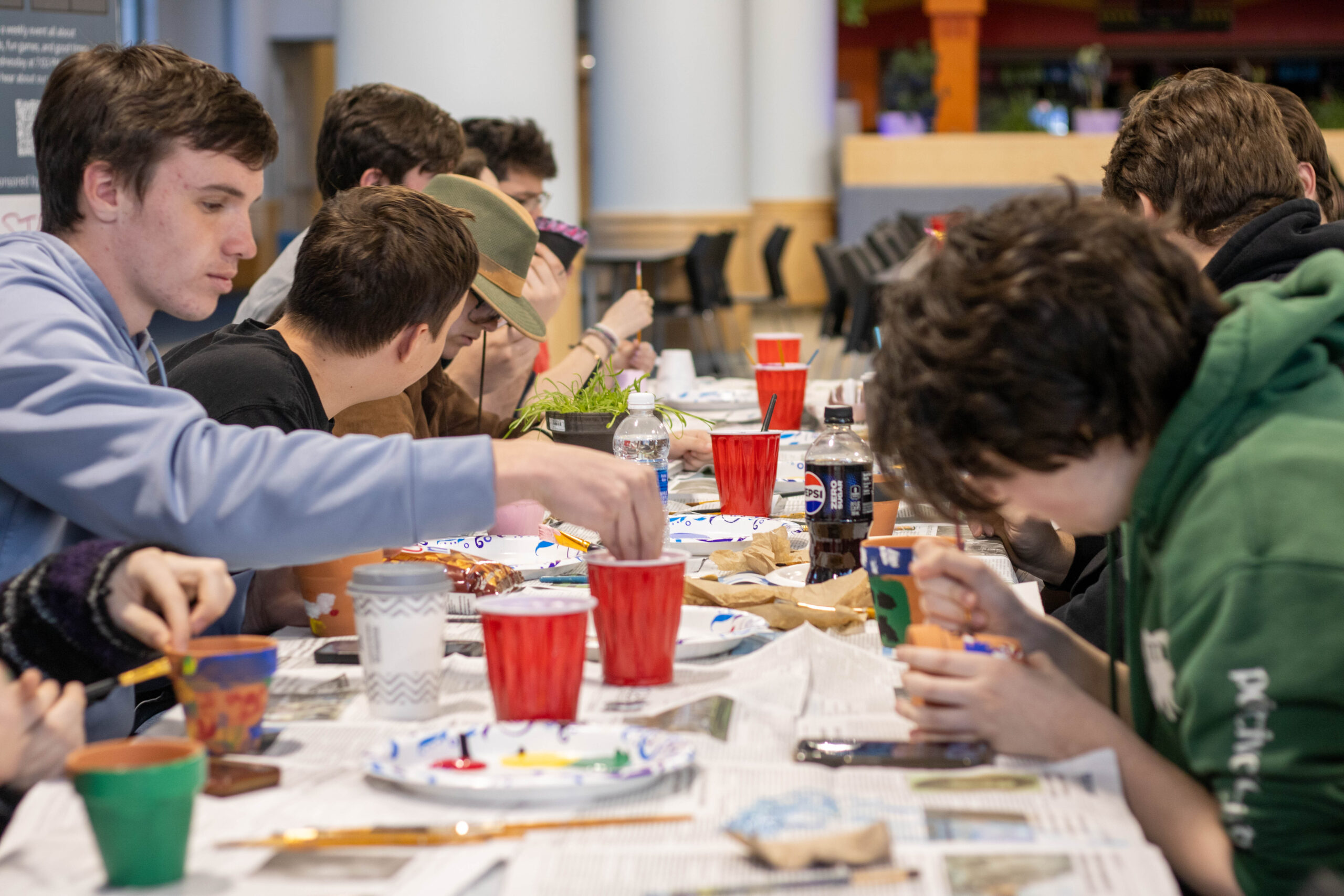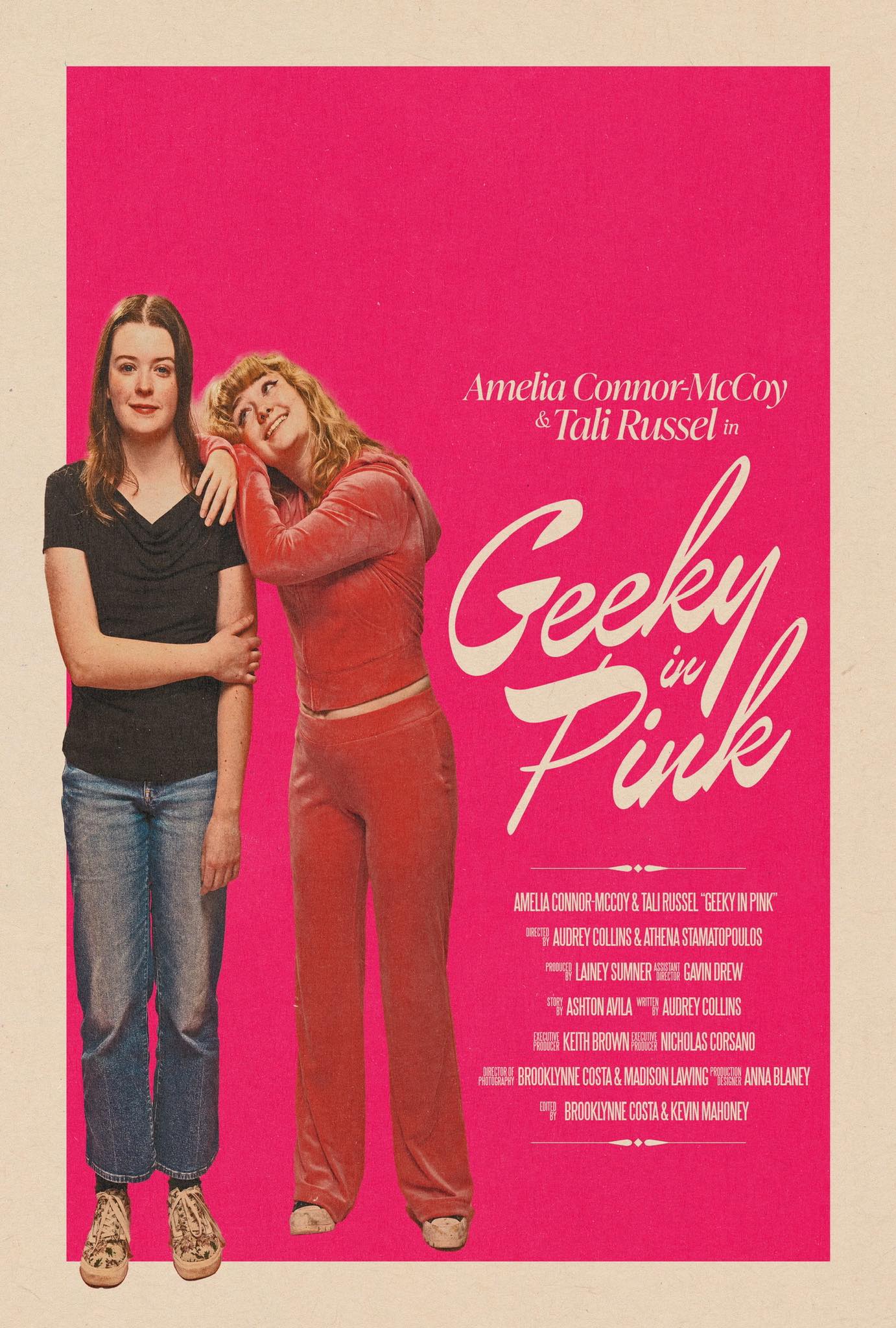Bringing more mindfulness to the campus, full moon meditation encourages students to take little steps to a better life. PHOTO CREDIT: centeryogawellness.com
“I could hear the water from that little pond, and the gentle breezes were so refreshing,” first-year Health Studies major Claudia Kessinger stated after attending the University of Rhode Island’s first meditation on the labyrinth.
“When we incorporated the yoga moves, we were all looking overhead, and we could see the trees swaying and all the little stars in the sky. It was so relaxing and inspiring,” Kessinger said.
Intending to harness and celebrate the energy of the moon, URI’s Fitness and Wellness Center held its first event on the new Anna Fascitelli Labyrinth patio on April 6.
“I’m so proud of the labyrinth and I hope you all enjoy it, and enjoy tonight,” Denise Robbin, fitness and wellness specialist, said to open the event. “Hopefully the clouds will part and you’ll see the moon, but know it’s up there.”
The clouds parted at 8:58 p.m., and the “Full Moon Meditation” began exactly at 9 p.m. Throughout the class, participants were encouraged to stop and center themselves by looking up at the moon.
Students put away their phones, and made a circle around the labyrinth. The outdoor temperature, at around 52 degrees fahrenheit, allowed for participants to wear loungewear, including sweatshirts and slippers.
Labyrinths have psychological, physiological, spiritual and religious purposes, according to Campus Recreation yoga instructor Joaquin Malone. From chanting to walking, labyrinths have been used throughout history.
“These days, walkers choose labyrinths for a meditative experience of repetition and slight concentration contained in a small circular package,” according to a Smithsonian Magazine article on meditative labyrinths. “The journey is a personal one — everyone gets something different out of the winding walk.”
URI’s labyrinth patio has 11 different sections that all diverge from the center, according to Malone. To start the walking meditation, Malone spaced the 18 participants a couple of feet apart, and instructed them to walk along the path “nice and slow.”
Students had to incorporate Malone’s meditative phrases into their breathing as they walked through the labyrinth.
“We walk every single day, we tell ourselves thoughts every single day,” Malone said. “Just make sure [that] we’re telling ourselves good thoughts.”
Malone’s first phrase was: “Existence, consciousness, bliss.” By inhaling and exhaling while repeating this phrase in their minds, students practiced meditation.
“You don’t even have to think about ‘What am I going to be doing this next month?’Just appreciate [the moon’s] beauty,” Malone said. “That’s what this labyrinth is about— it’s those little things, those little steps.”
The second phrase was: “I practice forgiveness. I am capable of doing great things.” The third phrase was: “I am a gift. I respect my boundaries.”
Along with breathing practices, Malone introduced yoga poses into the meditation. Students were led through a variety of standing poses, such as forward fold, warrior I, warrior II and crescent lunge. These poses were simple enough that students could follow along without stress or discomfort.
Between each set of poses, Malone had students practice self-love and grounding. Students were instructed to find a spot on the labyrinth where they could easily gaze at the moon, and then to hug themselves.
The final yoga pose, the Goddess pose, involved the strengthening of shoulder joints and the lower body, according to a Yoga Basics article. To complete the pose, participants must bend down into a half-squat position, hold out their arms and drop their shoulders.
As students held this pose, Malone spoke about the moon’s power and femininity.
In lieu of having students repeat a fourth pre-planned phrase, Malone had students think of their own word or phrase of affirmation.
While participants walked through the maze for the last time — occasionally looking up at the moon and hugging themselves — they were told to carry this phrase with them, beyond the class.
“You can do so much with labyrinths, and we’ve only scraped the surface this evening,” Malone said.Students can visit the labyrinth at any time, as long as an activity is not going on, according to Robbin. To register for meditation or yoga classes, visit IMLeagues.

